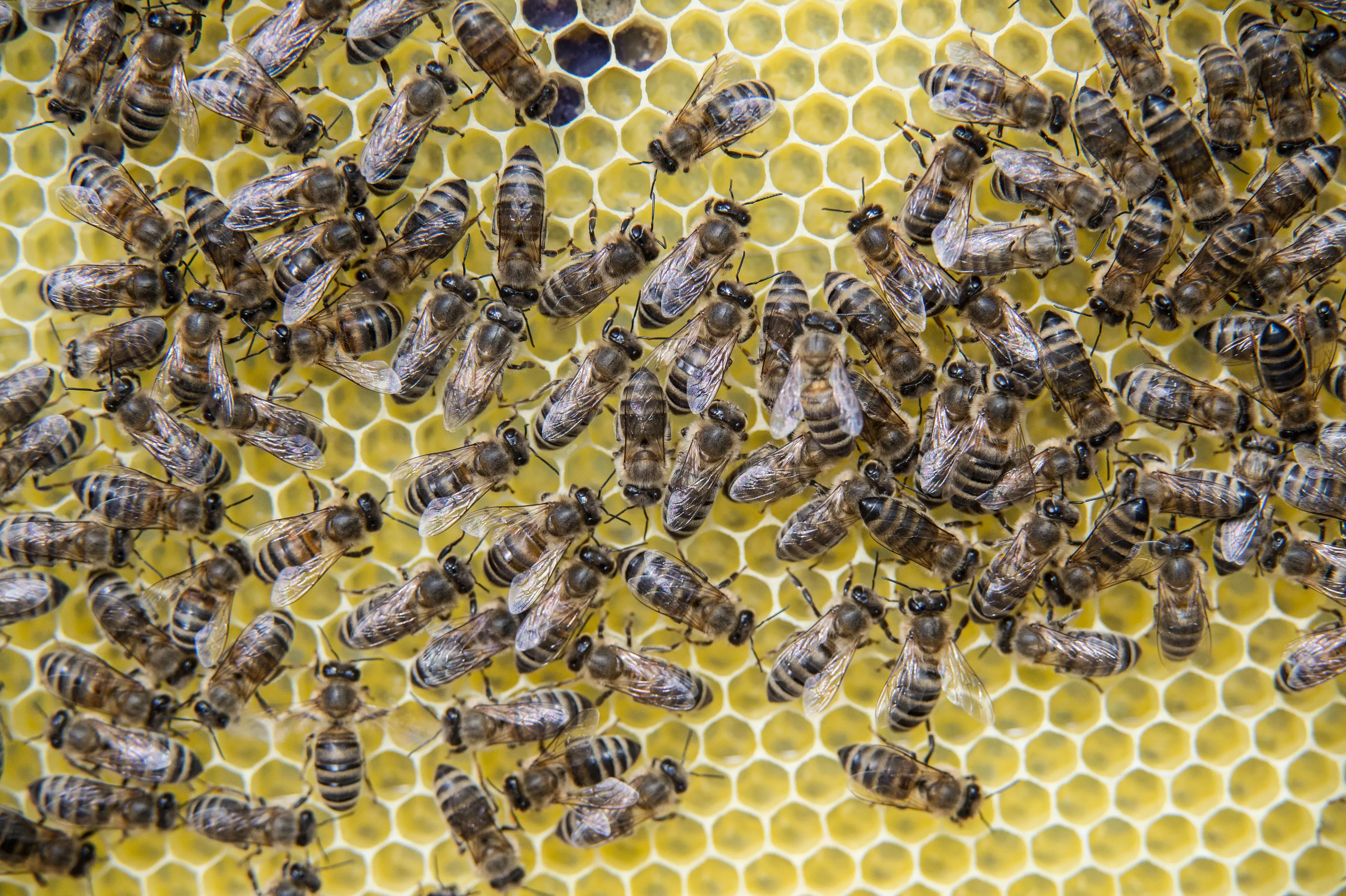
Last year's horrific Black Summer bushfires wiped out around 2.5 billion bees and 10,000 commercial beehives in New South Wales and Victoria.
It's a statistic that has far wider implications for our biodiversity than just that shocking number of animal deaths.
However, more than a year on, life is slowly returning to normal.
Advert
Thanks to epic rainfall over the past 12 months and a huge international effort to pump up bee numbers, the little buzzing cogs of our ecosystem are coming back in big numbers.
Aussie organisations like Bee Day Australia and international groups such as the UK's Natural Beekeeping Trust rallied following the fires to help local beekeepers build from the ashes.
They armed locals with enough knowledge of how to create log hives inside trees to get them buzzing again.

Advert
Iodice was one of the people who was horrified at how many bees were lost following the fires at his Bega Valley property in New South Wales.
He's told the Guardian Australia the loss of 2.5 billion bees has far reaching effects.
"Plants can't get up and run across the paddock to make love to each other; they need bees to transport the pollen," he said. "You're not going to have that regeneration without them - without pollinators there's no ecosystem at all.
"Even the trees that survived, the colonies burnt out anyway because of the way hollows act as chimneys in a fire.
Advert
"All animals in those hollows would have suffered the same fate. To look at the trees still standing, and knowing where those beehives had been ... to see no activity whatsoever was quite shocking."
The bounce back from the Black Summer bushfires has been nothing short of stunning.
According to the Guardian Australia, honey production in New South Wales has jumped 60 to 100 per cent compared to 2019. But the buzzing insects aren't out danger just yet.
The Australian Conservation Foundation has warned there are still issues like insecticides and land clearing that are threatening to stunt their growth.
Advert
While NSW and Victoria continue to recover, South Australia is far behind them.
Beekeepers in Adelaide are making trips to Kangaroo Island, which was decimated last summer, to rebuild Ligurian honeybee hives. .
Entomologist Dr Katja Hogendoorn from the University of Adelaide believes 99 per cent of the habitat that green carpenter bees use was wiped out.
It won't be another few years until experts can safely determine what the future of bee populations will be in that area.
Featured Image Credit: PA